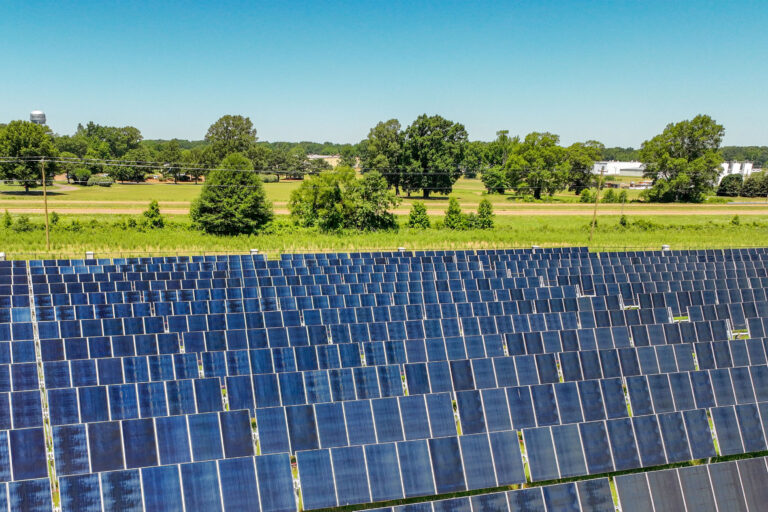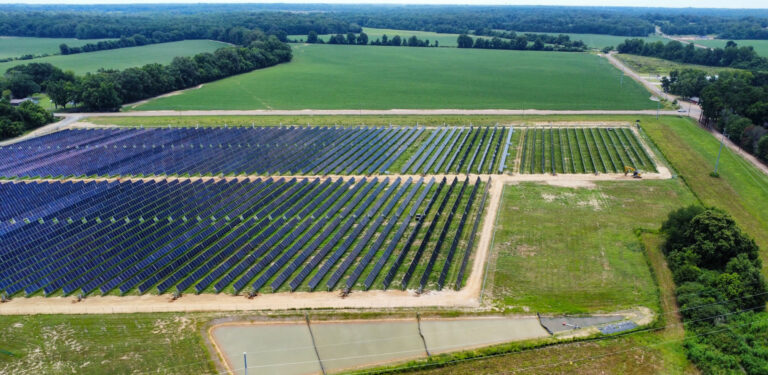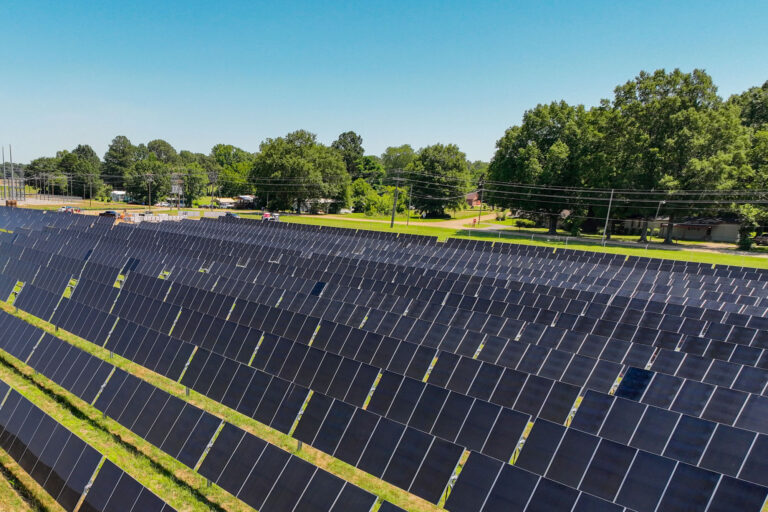By Clearloop Policy Team
Corporate electricity buyers today face a rapidly transforming market as they source generation that meets their sustainability goals. Simultaneously, overall electric power demand is growing fast as we build out more data and AI infrastructure as well as new factories to boost domestic manufacturing.
In response, many of these buyers are exploring innovative strategies that maximize the emissions impact of their energy purchases, while meeting their growing appetite. Unfortunately, current guidance from the Greenhouse Gas Protocol (GHGP) fails to give buyers sufficient direction to execute these more impactful strategies.
The current approach to emissions accounting, based on Renewable Energy Certificates (RECs), counts volumes of electricity generated, not carbon emissions reduced. This system has provided buyers with flexibility, boosting demand, and creating a fantastic incentive to produce more clean power. It has fallen short, however, of creating incentives for buyers to maximize the emissions benefits of that power. Turning a blind eye to the carbon impact of electric power generation is the fundamental flaw in current scope 2 emissions accounting.
Two camps have emerged in recent years seeking to improve GHGP’s guidance on scope 2 accounting, with an emphasis on maximizing the impact: Emissions First Partnership (Emissionality) and 24/7 Carbon-Free Energy Compact (24/7).
Both approaches represent significant steps toward addressing the limitations of the current scope 2 accounting system. Both move beyond blindly counting megawatt hours to providing insights and incentives that empower companies to better manage their impact on the power grid and carbon emissions.
While some major corporate energy consumers voluntarily follow the 24/7 approach, requiring all organizations to do the same has the potential to slow voluntary clean energy purchases by increasing the cost and complexity of energy deals, often without producing additional emissions reductions. Our good friends at the Clean Energy Buyers Association —of which we are a member—highlighted these risks in their recent letter to the GHGP.
Emissionality provides purchasers of electricity with a balanced toolkit that will drive decarbonization goals without compromising economic and energy goals or creating undue obstacles to clean energy procurement in an increasingly competitive and dynamic energy market.
Adopting an emissionality-based approach will empower buyers to maximize their purchasing power to decarbonize the grid while minimizing costs and maximizing benefits to local communities by:
- Locating facilities where they add the least emissions (low marginal emissions rates)
- Placing clean energy investments where they displace the most carbon-intensive generation (high marginal emissions rates)
- Achieving faster emissions reductions at a significantly lower cost
- Providing energy buyers with better data to measure and maximize impact
- Potentially increasing economic and environmental co-benefits to local host communities by diversifying energy mixes in grid regions with limited renewable resources
Clearloop is calling on GHGP to adopt a scope 2 accounting framework that meets these criteria:
Elevates measuring emissions (tons CO₂) not just energy generated (MWh)
- Revise scope 2 to measure the actual carbon impact of clean energy procurement (emissions avoided) rather than measuring energy added to the grid, which ignores deep inequities in the carbon impact of electric power generation.
Incorporates marginal emissions data into carbon accounting
- Empower buyers to prioritize renewable energy projects in high-carbon grid regions to maximize climate and impact and prioritize regions with high pollution burdens
Provides clear guidance for organizations of all sizes
- Avoid a one-size-fits-all mandate, which may increase cost and complexity without achieving proportional emissions benefits, potentially slowing emissions reduction by raising the cost and barriers to action
- Provide a context-based framework for selecting appropriate accounting methods
Adopting these recommendations will allow energy buyers to more fully maximize the impacts of their purchasing power in a measured and transparent way, and at scale. If you are interested in learning more about how our team at Clearloop is doing just that, for organizations of all sizes, be sure to check out our white paper co-authored with WattTime: Curing Carbon Blindness.





